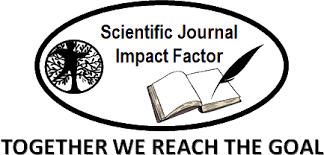THE USE OF CONTROL TOOLS ON PERFORMANCE AUDIT OF A GOVERNMENT’S SCIENTIFIC INSTITUTION: A CASE OF EMERGING ECONOMY
DOI:
https://doi.org/10.21776/ub.ijabs.2016.024.2.07Abstract
The paper investigates performance audit practiced by a government R&D institution in a developing country. The study is undertaken in response to the question by many authorities on how to perform PA and what tools are used in practice (Barzelay, 1996; Leeuw, 1996; Roberts and Pollitt, 1994; Midwinter, 2008; Shand and Anand, 1995; Wynn-Williams, 2005). The study uses a case study to explore the utility of control tools in the performance audit of National Institute of Biological (NIB) by analysing the audit report of the Comptroller and Auditor General (CAG) of India. A set of control tools developed by Silaen and Williams (2009) for R& D organisation are applied in this case. The elements of the control tools developed by Silaen and Williams (2009) consist of dimensions and values of representation. Four dimensions of control tools are given as directional, bureaucratic, scientific and financial. Three values of representation are given as external, internal and social value of representation. A matrix of dimensions and value of representation is developed, and applied to the audit report of NIB. It is concluded that CAG used all the four control dimensions across the three values of representation and arrived at a suitable recommendation to the Government of India. With a limitation to a single case, this study contributes to the literature by examining a unique case of a scientific organisation, NIB, and by understanding the way in which performance audit was used to enhance the accountability of public sector scientific institution. With a limitation to a single case study of NIB, this study has its originality to contribute to the literature by examining a unique case of a scientific organisation, National Institute of Biological in India, and by understanding the way in which performance audit was used to enhance the accountability of public sector scientific institution.Â
Downloads
Published
How to Cite
Issue
Section
License
The copyright of the received article shall be assigned to the journal as the publisher of the journal. The intended copyright includes the right to publish the article in various forms (including reprints). The journal maintains the publishing rights to the published articles.












